In Windows 8.1 x64 same happened with me, and received the following message.
nvm install 8.3.0 bash: nvm: command not found windows
So, follow or verify below following steps-
first install coreybutler/nvm-windows from github.com. Currently available latest release 1.1.5 nvm-setup.zip, later extracted the setup nvm-setup.exe and install as following locations:
NVM_HOME : C:\Users\Administrator\nvm
NVM_SYMLINK : C:\Program Files\nodejs
and meanwhile setup will manage the environment variable to Path as above said for you.
Now run Git Bash as Administrator and then.
$ nvm install 8.3.0 all
Downloading node.js version 8.3.0 (64-bit)...
Complete
Creating C:\Users\Administrator\nvm\temp
Downloading npm version 5.3.0... Complete
Installing npm v5.3.0...
Installation complete. If you want to use this version, type
nvm use 8.3.0
$ nvm use 8.3.0
Now using node v8.3.0 (64-bit)
here run your command without using prefix $, it is just shown here to determine it as a command line and now we will verify the nvm version.
$ nvm --version
Running version 1.1.5.
Usage:
-----------------------
if you have problem using nvm to install node, you can see this list of available nodejs releases here https://nodejs.org/download/release/ and choose the correct installer as per your requirement version equal or higher than v6.3.0 directly.

